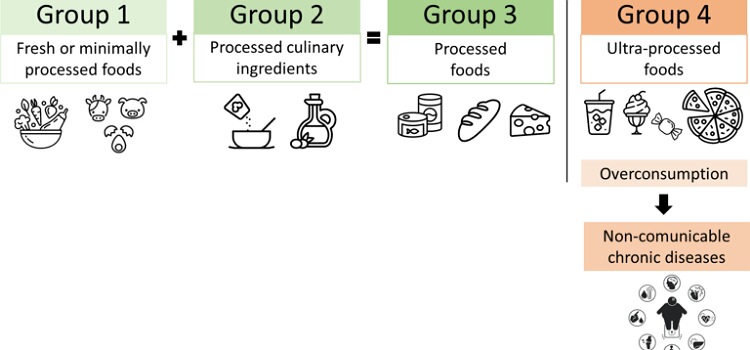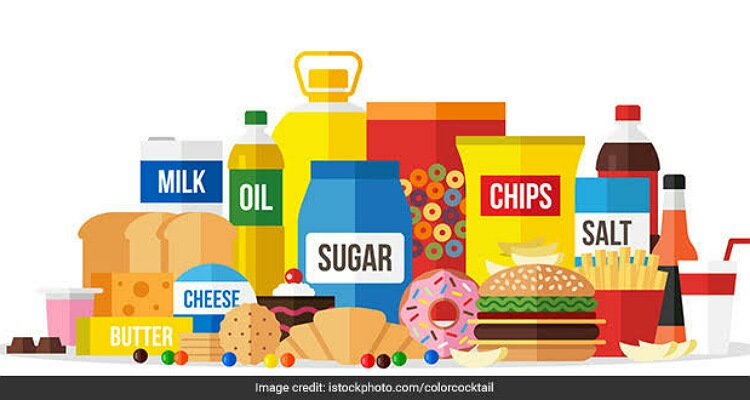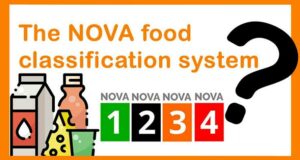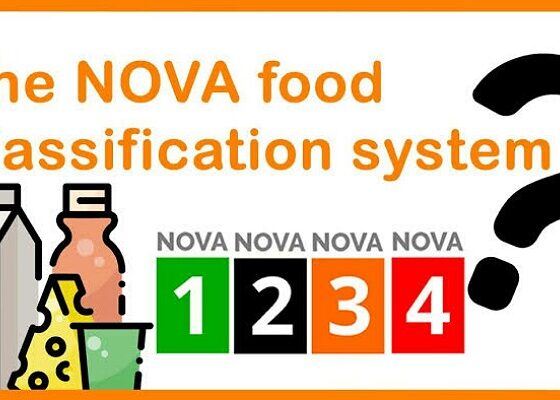NOVA system is a classification system of foods based on their level of processing. But this system developed by researchers from Brazil more than a decade ago is confusing and controversial. What are the four categories of foods in this system? What are the pitfalls of this classification system?
The NOVA system
It was in the year 2010 that researchers from the University of São Paulo, Brazil developed the NOVA system of classifying foods. Monteiro CA was the lead author of the paper published in Cad Saude Publica that detailed how the foods were categorized into your groups based on the purpose, nature and extent of processing. And the four food groups that the classification makes are:
(1) unprocessed and minimally processed foods
(2) processed culinary ingredients
(3) processed foods and
(4) ultra processed foods
Unprocessed foods and minimally processed foods

Unprocessed foods are the raw edible materials found in nature. These include foods of plants origin (such as fruits, sone leaves, whole grains, seeds, roots, tubers, flowers), fruits of animals origin (like muscles, offal, eggs, milk), those from fungi, algae form and water. But some of these foods are not fit to consume raw and need processing to increase digestibility and for safety.
Minimally processed are those that are subjected to minor industrial processing such as chilling, freezing, drying, grinding, pasteurization, packaging, and non-alcoholic fermentation. Milk, whole wheat flour come in this category.
Both these foods have nothing extra added to them before their consumption of cooking at home or in restaurant.
Processed culinary ingredients
These include plant oils, animal fats such as butter, sugar, certain syrups, honey, salt, starch powder etc. These are extracted and purified to yield one ingredient. They undergo processes such as grinding, milling, pressing or refining. In this, modified starches and hydrogenated fats are excluded.

Processed foods
In this, foods from above two groups are combined with another step of processing to yield the final good product. The processing might be baking, smoking, non-alcoholic fermentation, cooking etc. Bread, canned fruits, canned vegetables, canned fish, ham, cheese come in this category. These foods are more palatable than the above two groups.
Ultra processed foods
These have high calories and low nutrients. They are created by some novel industrial techniques with formulations of ingredients that are of industrial use. These have ingredients that one does not use in home cooking such as emulsifiers, thickeners, acidifying agents, coloring agents etc. And they are highly palatable and irresistible for all age groups.

Pitfalls of the system
The authors assume that home cooking is better and imply that all processed foods are bad. But studies have shown this not to be true. Additionally, the authors themselves conducted no studies to confirm that home cooking is better and that all processed foods are bad. In fact, some processed and ultra processed foods are healthy. These include tomato sauce, granola bars, pasteurized milk, cheese, etc.
Read here: Ultra processed foods: low nutritional value and toxins cause harm!
Healthiness of foods depends on the nutrients in it and not the level of processing. Also addition of artificial additives in foods is bad. Thus, the classification system is controversial and needs to be updated.
